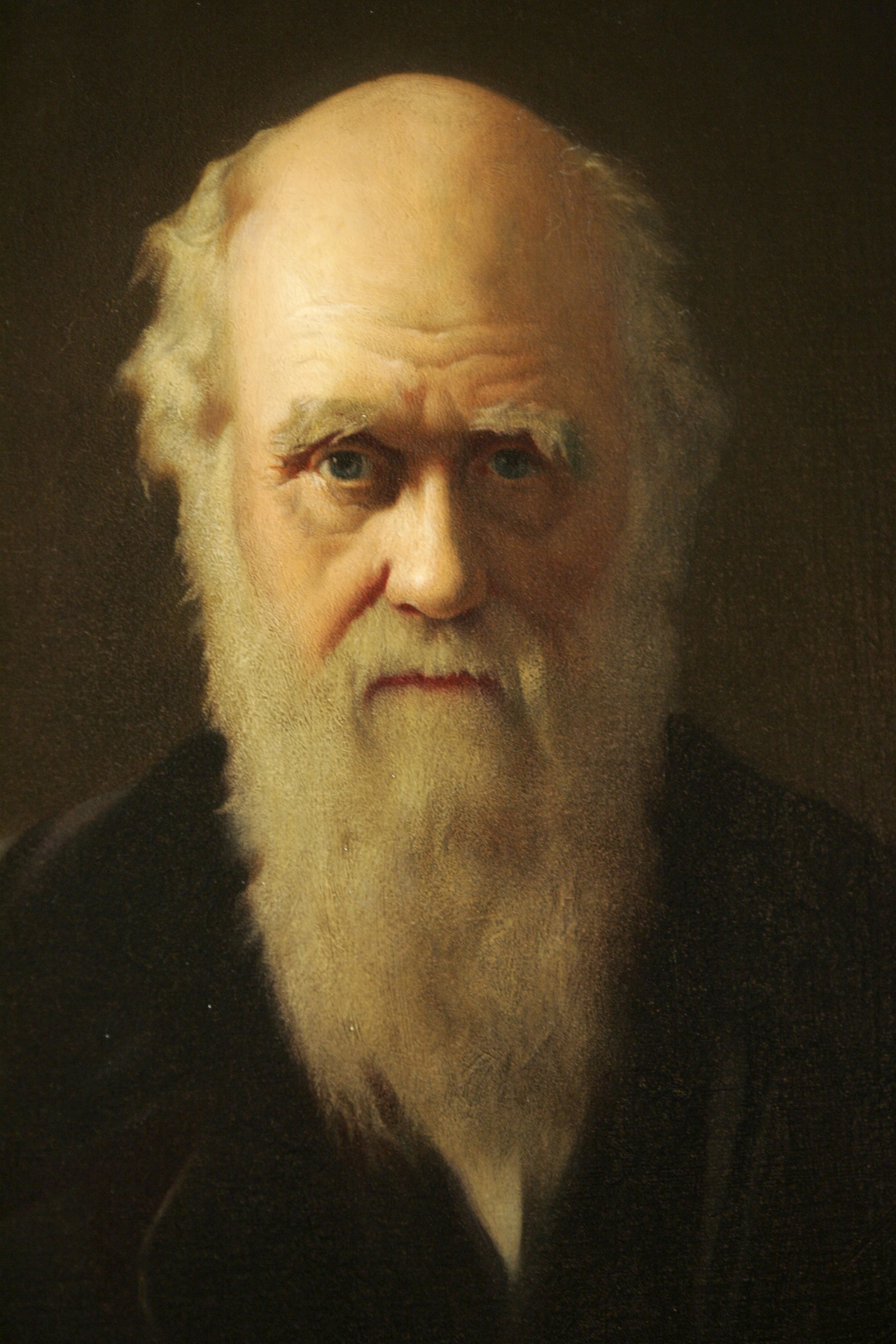
On my return home, it occurred to me, in 1837, that something might perhaps be made out on this question by patiently accumulating and reflecting on all sorts of facts which could possibly have any bearing on it. These facts, as will be seen in the latter chapters of this volume, seemed to throw some light on the origin of species- that mystery of mysteries, as it has been called by one of our greatest philosophers. Beagle as naturalist, I was much struck with certain facts in the distribution of the organic beings inhabiting South America, and in the geological relations of the present to the past inhabitants of that continent. I am sure that the telling of Darwin's travels and observations, while aboard the Beagle, would be an interesting topic in itself, but for my purposes here, I need only say, that Darwin gained an experience which would prove to be a substantial foundation for his life's work the almost immediate result was the publication of his findings in 1840, Zoology of the Beagle. It was rare to have aboard a sailing vessel of the early 19th century a person who could read and write, let alone one, such as Darwin, who could appreciate the necessity of applying scientific principles to the business of gathering data and carrying out research on it. While aboard the vessel, Darwin served as a geologist, botanist, zoologist, and general man of science. The plans for the cruise of the Beagle were extended, in that it was to take place over the best part of five years (1831-36) and was to take in the southern islands, the South American coast and Australia. Needless to say, though there was some anxious moments, Darwin was accepted by those responsible for the voyage. Charles might not be a ' finished naturalist,' but 'taking plenty of Books' would help, and he was the obvious choice." 2 The ship was equipped for 'scientific purposes' and a 'man of zeal & spirit' could do wonders, Henslow enthused. Better still if he were a naturalist, for there would be unprecedented opportunities. FitzRoy, only twenty-six himself, wanted a young companion, a well-bred ' gentlemen' who could relieve the isolation of command, someone to share the captain's table. Robert FitzRoy on his two-year survey of coastal South America. "The admirals were scouting out someone to accompany Capt. In a letter, Henslow was to advise that "you are the very man they are in search of." Desmond and Moore were to write:

Just after a field trip to Wales with Sedgwick - during which Darwin was to learn much from "Sedgewick's on-the-spot tutorials" and was to develop "intellectual muscle as he burnt off the flab" 1 - he was to learn, that, through the efforts of Professor Henslow, that he had secured an invitation to go aboard the Beagle, which, apparently, was being outfitted by the admiralty for an extended voyage to the south seas. Eventually, Darwin came under the eye of a geology professor, Adam Sedgwick (1785-1873). While at Cambridge, Darwin befriended a biology professor (John Stevens Henslow, 1796-1861) and his interest in zoology and geography grew.

Will as they might, it soon became clear to the family, and particularly to young Charles, that he was not cut out for a medical career he was transferred to Cambridge (Christ's Church, 1828), there to train for the ministry. Darwin first studied medicine at Edinburgh.

His father was a doctor and his mother was the daughter of Josiah Wedgwood. His works were violently attacked and energetically defended, then and, it seems, yet today.Ĭharles Robert Darwin was born at Shrewsbury. His principal works, The Origin of Species by Means of Natural Selection (1859) and The Descent of Man (1871) marked a new epoch. Darwin is the first of the evolutionary biologists, the originator of the concept of natural selection.


 0 kommentar(er)
0 kommentar(er)
